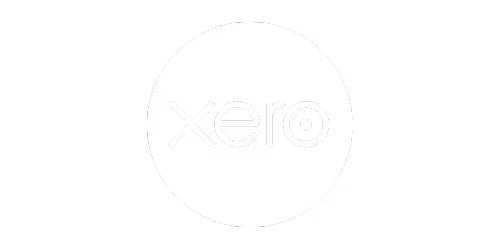Internal controls might not sound exciting, but they’re critical to protecting what you've built. Now, before your eyes glaze over, stick with us. This is about protecting what you’ve built and creating the foundation for smart growth.
Think of internal controls as the safety nets and guardrails for your business. They’re the processes, policies, and systems that help you run efficiently, stay compliant with regulations, protect your assets from fraud or theft, and ensure your financial reporting is accurate. Pretty important stuff, right?
The real cost of getting it wrong
We’ve seen this story play out too many times, and it never gets easier to watch. Loyal employees, trusted for years, taking advantage of control gaps that should never have existed in the first place. By the time the fraud surfaces, the damage is done, and we’re not just talking about money.
Take the school accounts manager who worked there for 19 years. Nineteen years of building trust, friendships, relationships. Over seven years, she systematically diverted over $400,000 from donations, sponsorships, and course fees. Infrastructure projects the school had fundraised? Cancelled. Students and parents chased for payments they’d already made? That’s how it finally came to light. The scheme was sophisticated and carefully controlled, but it was only possible because of inadequate oversight.
Or consider the medium-sized business owner working incredibly hard but getting nowhere financially. They couldn’t figure out why the business appeared successful on the surface, but they were barely staying afloat. The answer? Their most trusted employee, the chief financial controller, was running an elaborate fraud. Again, it came down to a lack of monitoring and oversight.
These aren’t isolated incidents. They happen more often than you’d think, and the businesses affected aren’t always able to recover. For smaller operations, fraud can literally shut the doors for good.
Warning signs every growing business should watch out for
Right, so how do you spot the gaps before they become problems? Here’s what we look for when we’re assessing a client’s control environment:
Separation of duties
This is Control Systems 101. When only one person handles multiple aspects of the same transaction (say, approving purchases and processing payments and reconciling accounts), you’ve created an opportunity for things to go sideways. It’s about having checks and balances that protect everyone, including them.
Concentration of financial power
Is there only one person who has the keys to the financial kingdom? We see this a lot in growing businesses where a trusted employee has been there from the start. The challenge is the lack of oversight. Who approves their work? Who monitors their access? Is there a clear, rigorously implemented approval and sign-off system?
Documentation standards
Your record-keeping system should be crystal clear and properly documented. More importantly, your team needs to be trained to follow it consistently. Vague processes lead to inconsistent implementation, creating gaps that can be exploited.
Access and security protocols
Password and access restrictions are control mechanisms. Cybersecurity policies need to be in place, and your staff need to understand why following protocols matters. One weak link can compromise the entire system.
Regular reviews
When was the last time you reviewed your internal policies and procedures? Who’s responsible for these reviews, and is there a schedule for completing them? Most importantly, what happens with the findings? Reviews are only valuable if they lead to action.
What happens when auditors find control weaknesses
Here’s how we approach it when we identify control gaps during an audit, and yes, we find them more often than businesses realise.
1. First, we assess your entire internal control system. We’re looking for weaknesses across operations, financial reporting, IT systems, and other critical areas. Once we identify issues, we categorise them by severity and impact.
2. Then comes the documentation and evaluation phase. We gather evidence (samples, logs, interviews) and evaluate the potential impact of each weakness. We’re thinking about financial risk, reputational damage, and compliance exposure. This is about understanding the real implications.
3. Next, we communicate our findings to management and relevant stakeholders. We have a collaborative conversation, where we discuss the implications, explore the potential risks together, and then make specific recommendations for remediation. Our recommendations are tailored to your business, your resources, and your risk tolerance.
4. Finally, we work with you to develop an action plan with clear timelines and responsibilities. We monitor implementation and conduct follow-up reviews to confirm the new controls are working in practice, not just on paper.
Identifying control gaps before they become problems
Waiting for an auditor to find your control weaknesses is like waiting for chest pain before you think about heart health. Sure, you’ll get the problem addressed, but wouldn’t you rather have prevented it in the first place?
Proactive businesses continuously strengthen their control environment. Here’s how we recommend approaching it:
Foster risk awareness throughout your organisation. Conduct regular risk assessments and implement steps to identify and address risks as they arise. This should be part of your operational rhythm.
Get leadership commitment and communication right. When leadership regularly communicates the importance of internal controls and encourages best practices, it becomes part of your culture rather than just another policy to ignore.
Evaluate your organisational structure regularly. Are reporting lines clear? Do you have adequate staffing and resources? Sometimes control weaknesses exist because people are stretched too thin or responsibilities aren’t clearly defined.
Schedule regular reviews of policies and procedures. Establish a clear timeframe, set out specific responsibilities for conducting reviews, and ensure findings are communicated promptly. Policies that sit in a drawer collecting dust help no one.
Implement control monitoring. Periodically evaluate whether or not your controls are effective and track whether control responsibilities are being fulfilled. If no one’s checking, you can’t assume it’s happening as it should be.
Invest in training. Ensure staff are well-trained and familiar with your internal controls. Establish clear processes for new staff training and provide regular updates to existing team members. People can’t follow controls they don’t understand.
Maintain clear documentation. Your procedures should be clearly documented, and you should regularly review records of transactions, logs, and approvals to confirm that the system is being followed in practice.
The real purpose of strong internal controls
Compliance is important, but it’s just the baseline. Good internal controls do so much more:
• They protect your assets from fraud and theft, from unauthorised access and misuse of your physical, financial, and digital resources. Proper authorisation and documentation procedures create accountability.
• They improve operational efficiency. Good controls streamline processes, reduce duplication, and eliminate redundant steps. Smart business in action.
They reduce errors and misstatements. Effective controls support accurate and timely financial reporting, which in turn enables better budgets, more reliable forecasts, and informed strategic planning.
• They enable better decision-making. Good data helps you make better decisions and focus on your strategic goals. You’re making informed choices rather than guessing.
How to assess your control environment
Want to get a quick sense of where you stand? These are the key areas we evaluate:
Organisational structure: Are reporting lines well-defined and clear? Does your structure promote segregation of duties? Are staffing and resources adequate for the controls you’re trying to maintain?
Leadership commitment: Is your leadership team visibly committed to fostering internal controls? Are these values clearly communicated? Is there obvious support for compliance and adoption of best practices?
Policies and procedures: Are your policies well-documented across various business areas? Are regular updates communicated? Are there processes to address non-compliance when it occurs?
Human resources: Do your hiring practices follow rigorous procedures? Do you have an ongoing training programme? How are performance reviews conducted and documented?
Performance monitoring: How are control responsibilities monitored? Is control effectiveness evaluated regularly? How are failures identified and addressed?
Risk awareness: Do you have processes for identifying and addressing risks as they arise? Are regular reviews undertaken to adapt controls as your business changes?
The bottom line
Internal controls may not be the most exciting part of running a business, but what we’ve learned after seeing too many businesses get blindsided is that the cost of prevention is always lower than the cost of recovery.
Strong internal controls protect what you’ve built, enable your growth, and help you sleep better at night knowing your business has the right guardrails in place.
If you’re wondering where your control environment stands, or if you’ve been meaning to review your systems but haven’t got round to it, let’s have a conversation. We can help you assess what you already have in place, identify gaps before they become problems, and implement practical controls that work for your business.
Preventing fraud is a lot easier than recovering from it. Trust us on this one.
Want to assess where your control environment stands? We can walk you through a quick evaluation of your current systems and help you identify any gaps before they become problems. Give us a call or drop us an email, and we’ll set up a time to chat about protecting what you’ve built.









